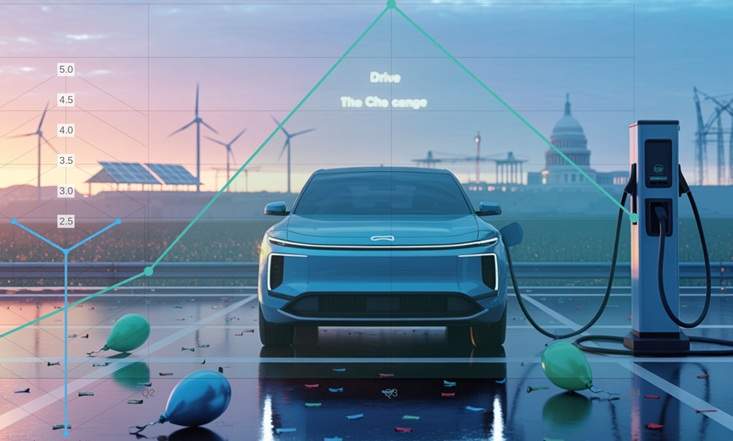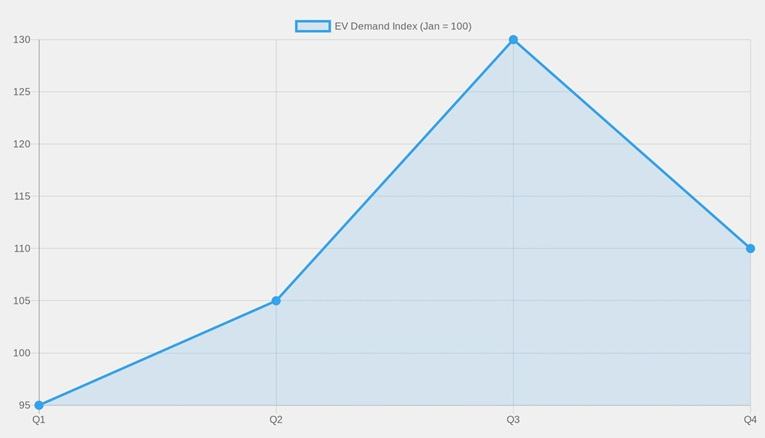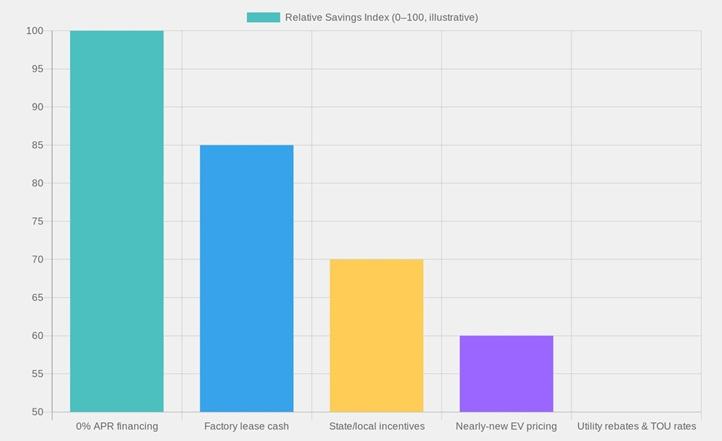America’s EV Tax Credits Helped Millions Break Up With Gas. But on this week’s Plugged‑In Podcast, we discuss how they fell short. The party’s over. Now comes the hangover. If the last few months felt like an EV block party, you’re not wrong. America’s EV tax credits fueled a third‑quarter sales bonanza and helped millions of drivers ditch the pump. Now those credits are gone, and the vibes have shifted from celebration to “okay… what now?” On this week’s Plugged‑In Podcast, we unpack what happened, what went right, and where policy—and the market—fell short.

With credits ending, analysts are split. Some see a short “speed bump.” Others warn of a dangerous drop in investments that keep the U.S. competitive with Europe and China. Designed to jump‑start corporate fleet adoption, it ended up delivering super‑cheap lease deals to more than a million consumers, undercutting outright EV purchases. the U.S. should have tightened income and vehicle price caps to focus subsidies on “marginal” buyers—the ones who truly need a nudge—rather than ending the credit altogether.
We talk with Elaine Buckberg, Senior Fellow at Harvard University’s Salata Institute for Climate and Sustainability, former Chief Economist at General Motors, and a former senior U.S. Treasury official. She’s uniquely qualified to break down how the credit worked, and what a smarter version could look like.
U.S. EV demand momentum around the tax credit end (illustrative)

“It undermined EV purchasing,” she says of the leasing loophole. “Put income caps, put price caps on the tax credit instead. Why should we subsidize someone who’s going to make the purchase anyway? We’re trying to catalyze marginal purchases. If you ask me what to do to make the policy cheaper, I would have closed the lease loophole and not eliminated the credit.”
| Policy element | Original intent | What actually happened | Buckberg’s take |
|---|---|---|---|
| Leasing loophole | Speed EV adoption via fleets and corporate buyers | More than 1M consumers snagged ultra‑cheap leases, bypassing caps and shifting demand from purchases to leases | Close the loophole; keep credits for targeted purchases |
| Income caps | Aim benefits at middle‑income buyers | Weak targeting when lease workarounds exist | Enforce strict income limits on eligibility |
| Price caps | Avoid subsidizing luxury EVs | Circumvented by leases and complex structures | Tighten vehicle price caps, adjust for inflation |
| Sunset/phaseout | Provide certainty for industry planning | Abrupt end risks a demand dip and investment chill | Keep predictable, time‑bound support with clear milestones |
Expect softer demand as shoppers recalibrate budgets and wait for price cuts or new incentives. Automakers may lean on 0% APR, dealer cash, and aggressive leases to stabilize volumes. The U.S. needs durable, well‑targeted policy to stay competitive with Europe and China—and to keep battery and supply‑chain investments onshore.
Post‑credit buyer playbook — where to save

Deals in a post‑tax‑credit world
- Shop smart financing: 0–1.9% APR can beat yesterday’s $7,500 credit over a typical 60‑month loan.
- Don’t ignore leases: Even with the loophole under fire, factory‑subvented leases can deliver low payments as brands defend market share.
- Stack local perks: Utility rebates, HOV access, discounted residential charging rates, and state/municipal incentives still lower total cost.
- Consider nearly‑new: Depreciation and price cuts have made 1–2‑year‑old EVs a bargain with plenty of warranty left.
We also dig into what we’ve learned about the new Porsche Cayenne Electric. It isn’t just a “bigger Macan.” It showcases new battery‑pack packaging for better weight distribution and interior space, plus a slick curved display setup. Translation: while incentives ebb and flow, EV tech keeps moving—fast. America’s EV tax credits helped millions of people to break up with gas. But on this week’s Plugged‑In Podcast, we discuss how they fell short. The party’s over. Now comes the hangover. Grab your coffee, tune in, and let’s chart the road ahead together.
Related Post




